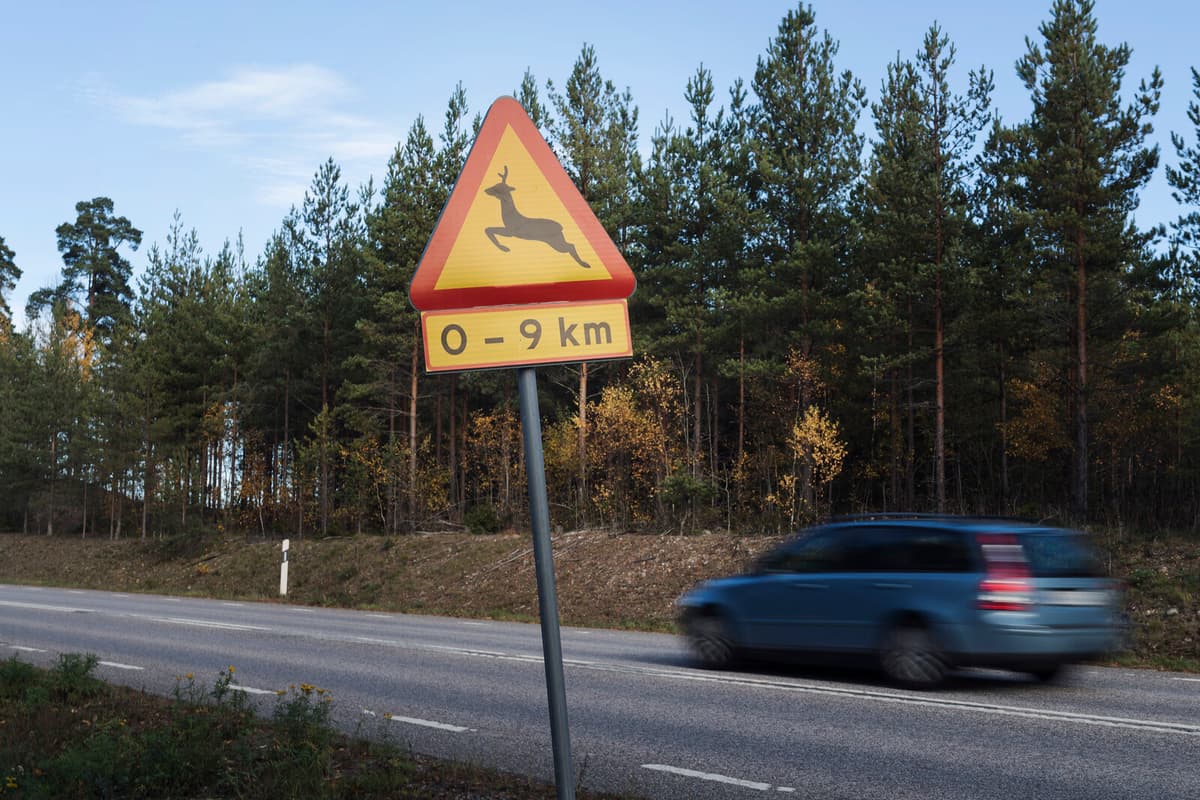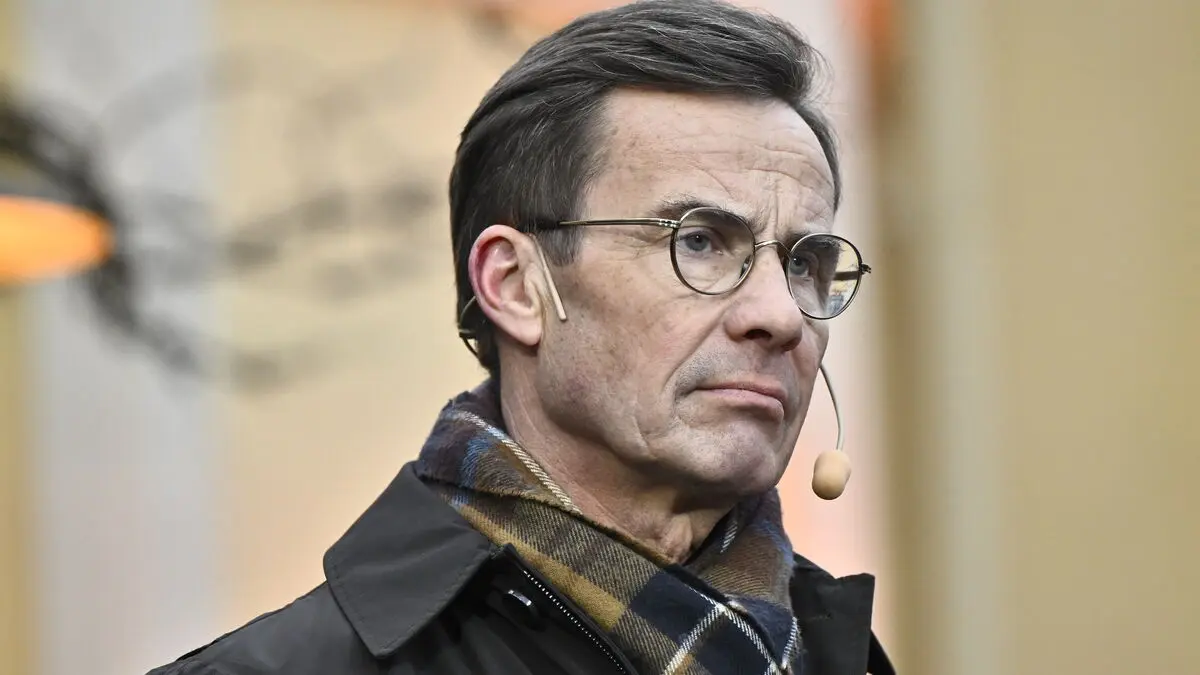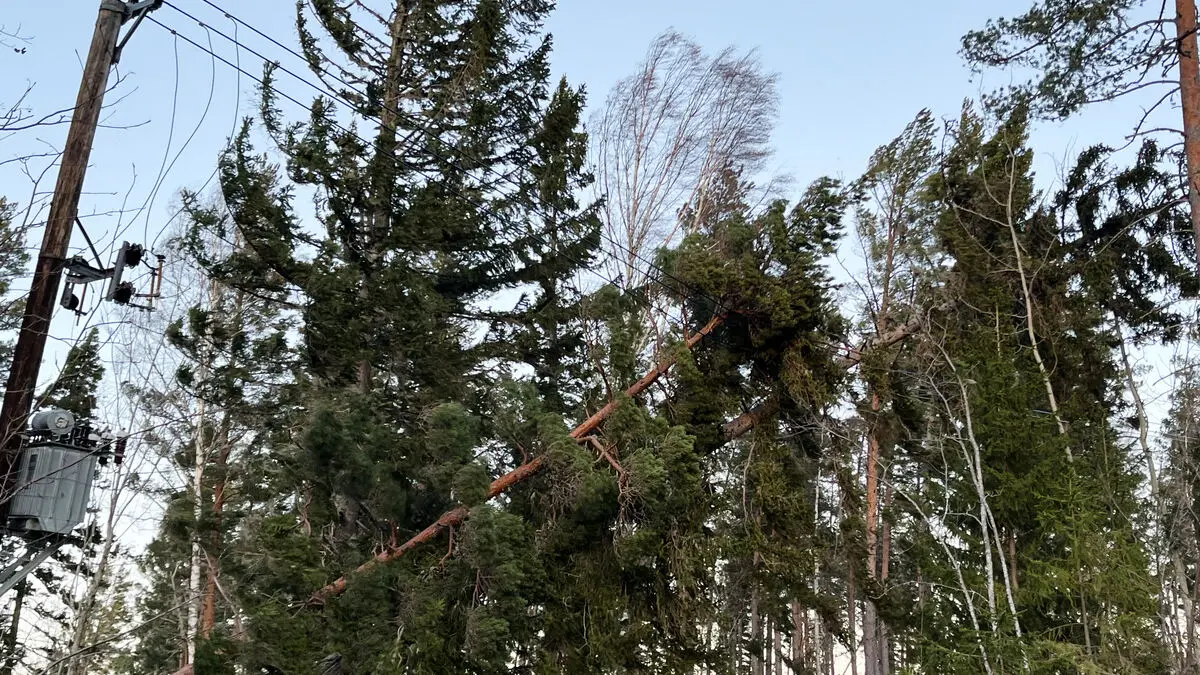October and November are the months when most accidents with roe deer, elk, and wild boar occur. The insurance company If expects 16,000 incidents, equivalent to over 250 per day, in the coming months.
Wildlife accidents are increasing every year, and there is no clear evidence of why, but a general perception is that it is related to the increase in the number of cars, says Erica Broström, responsible for hunting and wildlife issues in the police region Bergslagen.
Speed is a significant factor in detecting wildlife by the side of the road.
The experience is that people are in a hurry and are stressed, drive a bit too fast, and have their eyes on their phone instead of the road, so they don't have time to react.
Increased Speeds
Roe deer account for the majority of wildlife accidents in traffic. The risk of encountering roe deer, elk, and fallow deer is greatest at dusk and dawn – in other words, when tired and stressed drivers are usually on their way to and from work. Wild boar and badgers, on the other hand, are more active at night.
The fact that it is the number of vehicles, increased speeds in combination with large wildlife populations that are behind the many wildlife accidents is confirmed by Kenneth Kronberg, responsible for the National Wildlife Accident Council in the Stockholm/Gotland region.
We've stopped driving and are just cruising along. We rely on four-wheel drive, ABS brakes, and anti-skid systems. Add to that a phone that needs to be checked all the time.
The cars have also become heavier, there are more kilograms that need to stop in the same distance, but since we're driving faster, we don't have a chance, he says.
Poor Wildlife Knowledge
He also notes a significantly poorer wildlife knowledge, where SVT's slow-TV program "Elk Migration" is for many the only reference to what moves in the forest.
The road goes through the forest, it's not the forest and the trees that stand by the side of the road. Drivers need to get better at placing their gaze by the side of the road and thinking wildlife, says Kenneth Kronberg.
Wildlife fencing is an effective way to keep animals away from roads. According to Erica Broström, the risk of accidents is halved.
But it's also barriers that limit mobility. Moreover, it's an expensive solution, she says, and gets support from Kenneth Kronberg:
We won't be able to build wildlife fencing across the entire country, it's many hundreds of miles that would be needed.
Instead, hope lies in technical development.
With the help of thermal vision, cars could read and identify different animal species by the side of the road and warn or brake in some way, says Kenneth Kronberg.





